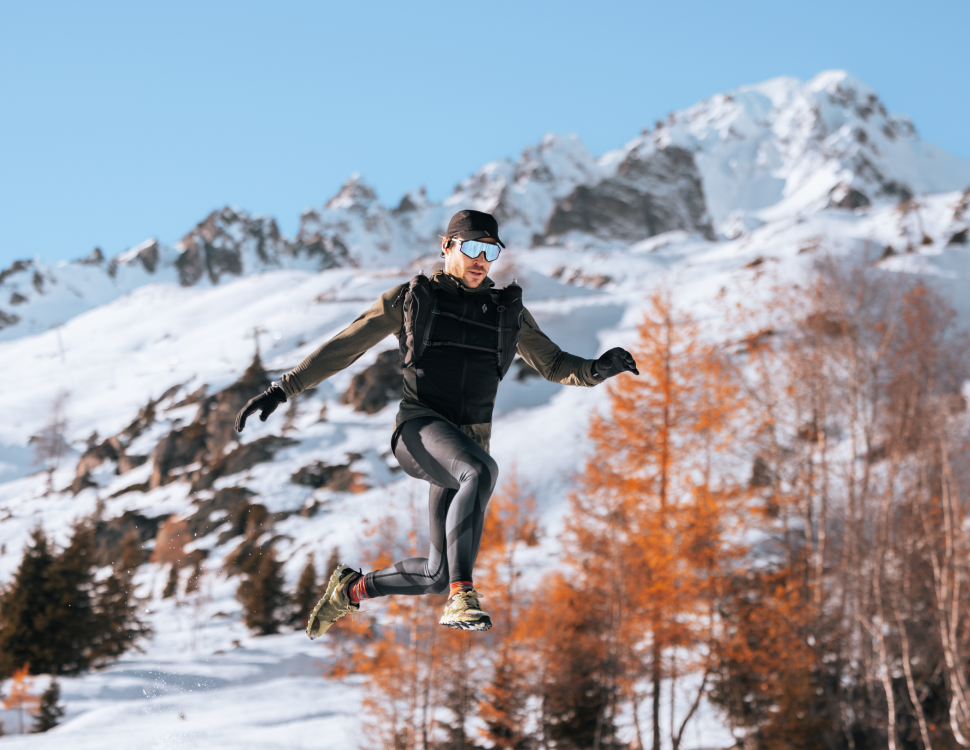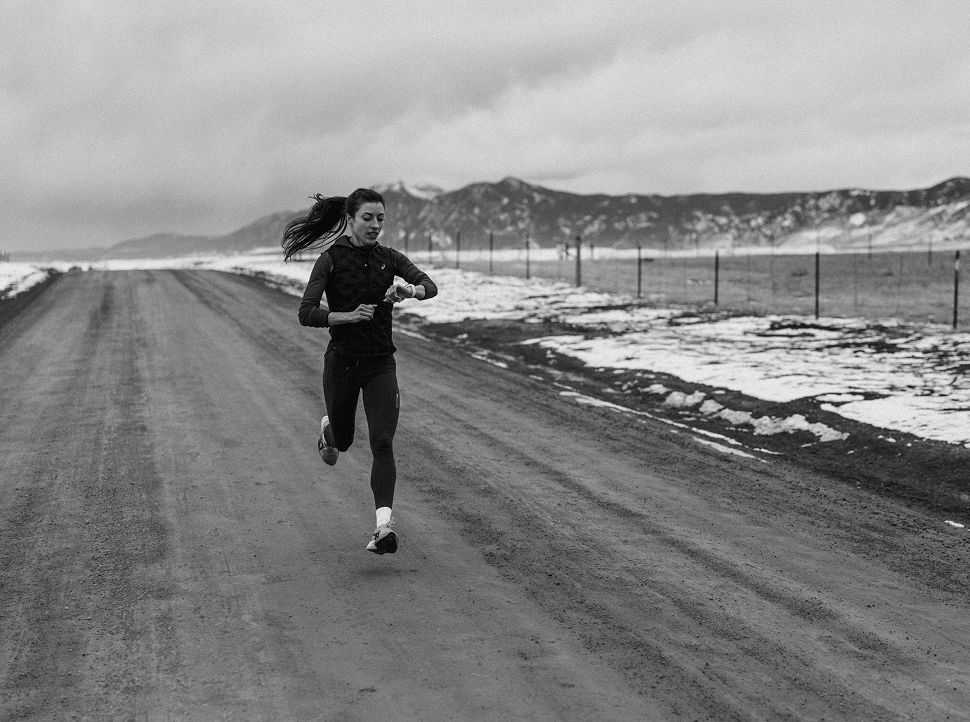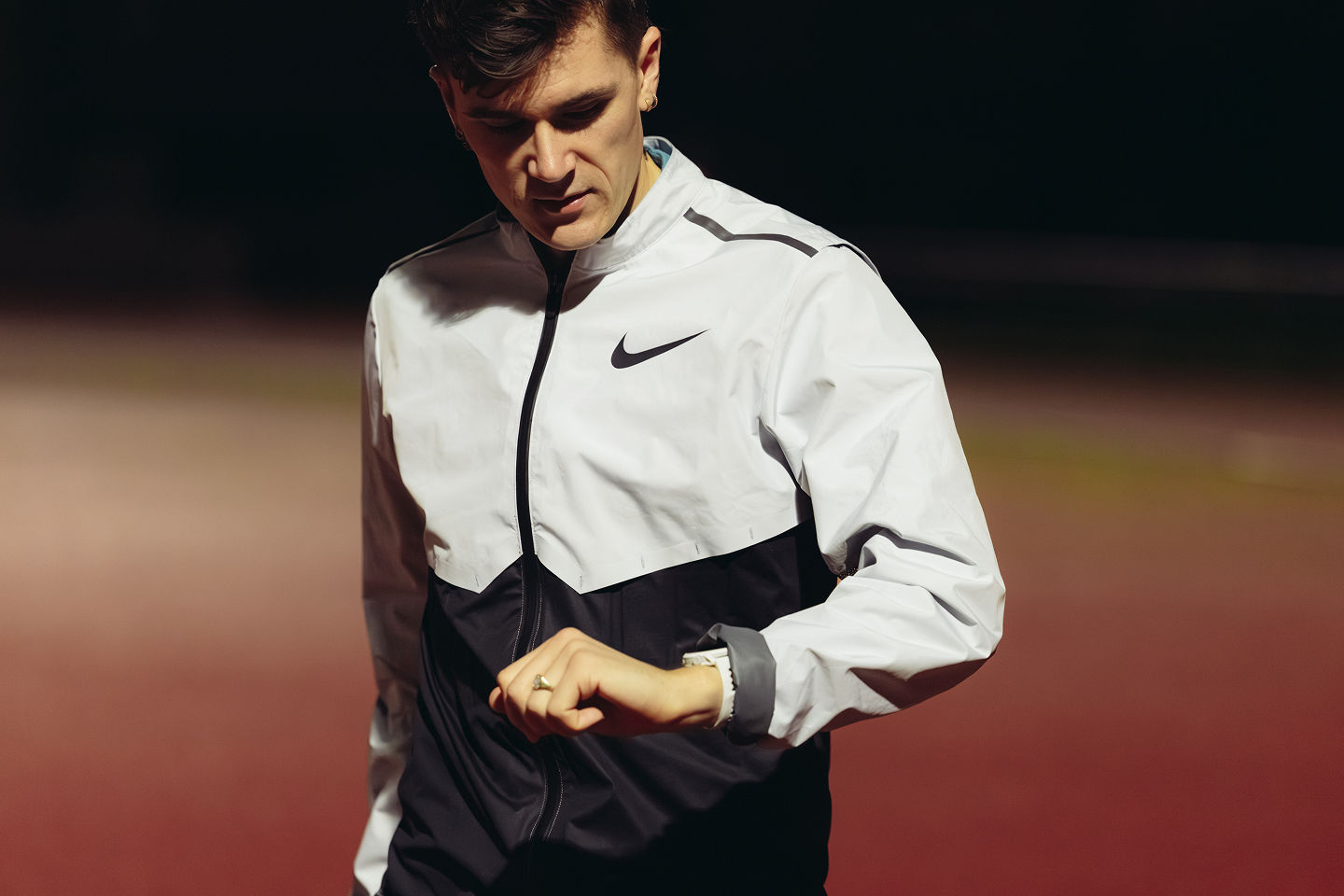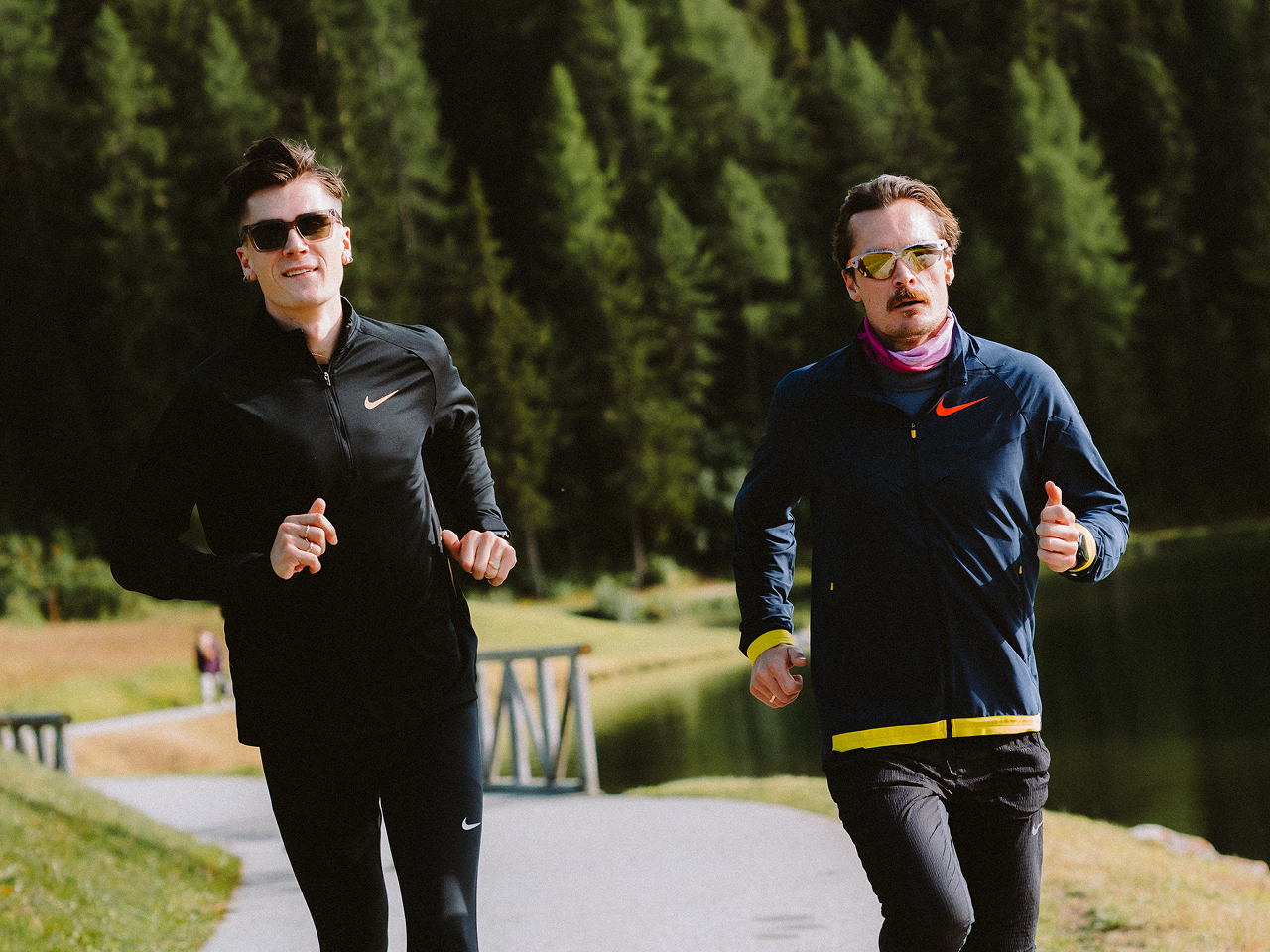Depending on who you ask, the words “off season” may spark up a variety of emotions. The connotation of the word is unclear. For some, it may bring on a sigh of relief, while for others it may trigger feelings of dread. The off season can be an emotional time for some, full of question and uncertainty. When your training is at its peak, it’s easy to feel a sense of fulfillment, knowing that you are doing everything you can to improve. The off-season, however, can leave athletes with feelings of doubt as they wonder what they “should” be doing. Is the rest really worth it? Is there a one size fits all approach? When do I know enough is enough? Here’s your pro guide to all things off-season:
Physical and Mental Rest
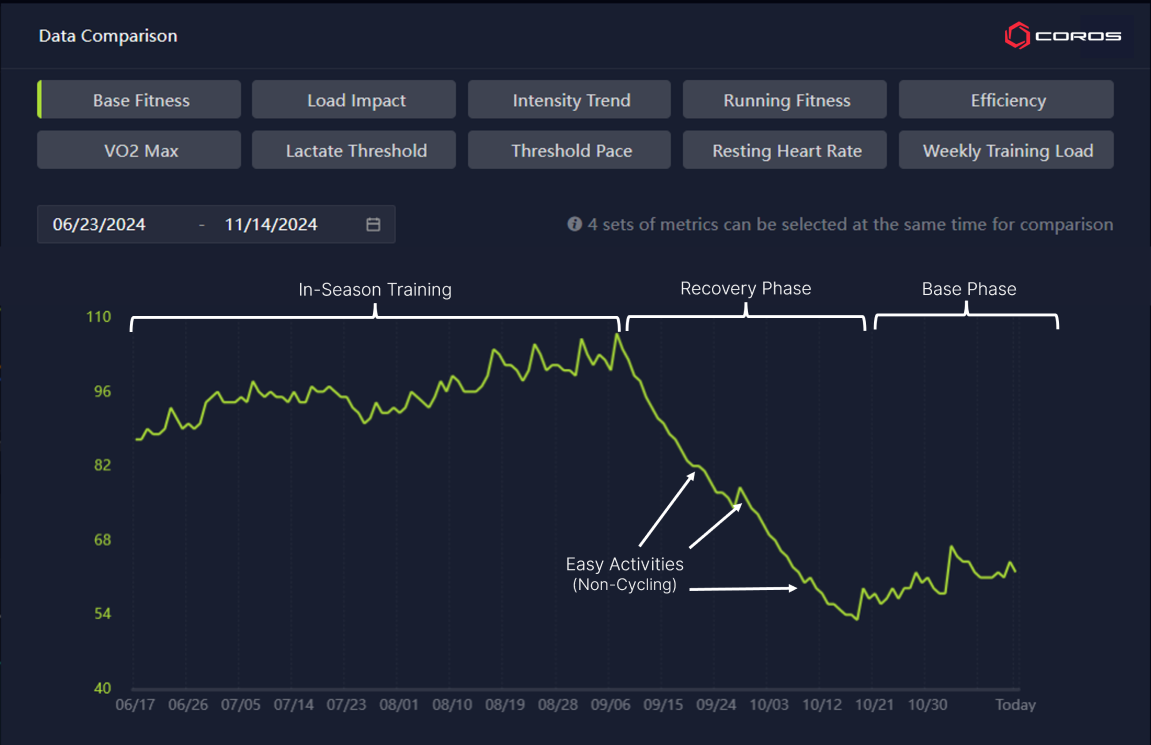
An example of a Base Fitness graph before, during, and after the offseason
COROS Education: Your Base Fitness metric should naturally fluctuate throughout the offseason, reflecting different phases of rest, recovery, and base-building. By using this metric effectively, you can stay on top of your fitness trends, ensuring a smooth transition into your next season of peak performance.
After months of chasing goals and following a training plan, we need to rest. The off-season is just as much mental as it is physical. Physically, our bodies can heal during this time off. Sometimes during the season, we have to take band aid approaches, training through mild injuries while rehabbing them simultaneously. The off-season is a time in which we can actually allow our bodies to heal. The time off allows for injury prevention and rehabilitation. It allows our hormones and body systems to come back to baseline if that have shifted at all during the heavy load of the season. Our muscles, tendons, and ligaments can heal and rest, but just as important as everything else is the central nervous system (CNS).
Just like the rest of our body systems, the central nervous system needs time to heal and recover. CNS fatigue can actually alter or reduce the transmission of signals from the brain to the muscles. The best way to limit or reduce CNS fatigue is through rest. When I go through a season, every single thing I do both on and off the bike contributes to my success on the race course. That means that every decision I make is centered around my ability to perform. Even though I absolutely love that lifestyle, the discipline that it requires can be exhausting. It’s important to have some time that you can “let your hair down” and mentally take down your walls.
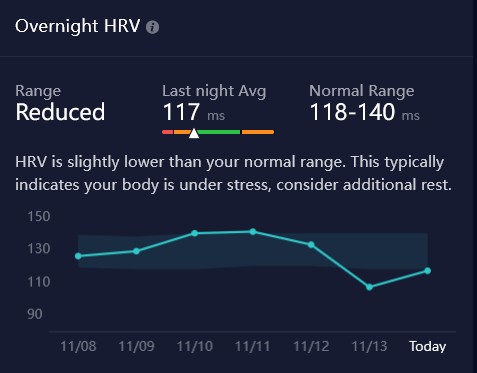
An example of low HRV, indicating CNS fatigue
COROS Education: Heart Rate Variability (HRV) is a measure of nervous system fatigue. If your HRV is low, that is an indicator from your body that you need to recover. After a season, HRV may even go above the recommended zone. This is completely okay, since higher HRV during the recovery phase means your nervous system is returning to normal.
One word you might hear coaches or athletes use in relation to the season is “allostatic load” which refers to the total accumulated damage to the body due to stress or stressors. Stress and stressors are everything from work stress, family stress, physical training stress, mental stress of travel, or performance stress. The list could go on and on. While metrics like your power meter won’t always show loads like this, monitoring things like HRV and resting HR can give you a better idea as to how your body is managing all types of stress. The off-season is a time in which we take things off of our plate so that when it is time to train again, we begin working toward the next season with a metaphorically lighter load on our shoulders.
Off-Season Activities
The first question I usually get about the off-season is, “Can I ride at all?” In my opinion, the answer should be no, at least for a short period of time.
The mind and body are very interconnected and when you continue to ride, your brain doesn’t get the full signal that it’s time to rest and disconnect. I think it’s really important to take some time to completely disconnect from the bike in order to signal to both your mind and body that it’s time to recover.
That doesn’t mean that you have to be completely sedentary, although you should not be “training.” A huge mistake I see athletes make during the off-season is harboring the secret goal to maintain some fitness through other activities such as running. Not only will you probably fall short of your goal of maintaining fitness since you aren’t accustomed to that form of exercise, you won’t have gotten the true rest your mind and body need as well. This leaves you starting up you’re training on the back foot because you are neither fit nor recovered. It’s ok to lose fitness during the off-season, in fact, it is necessary in order to build back stronger.
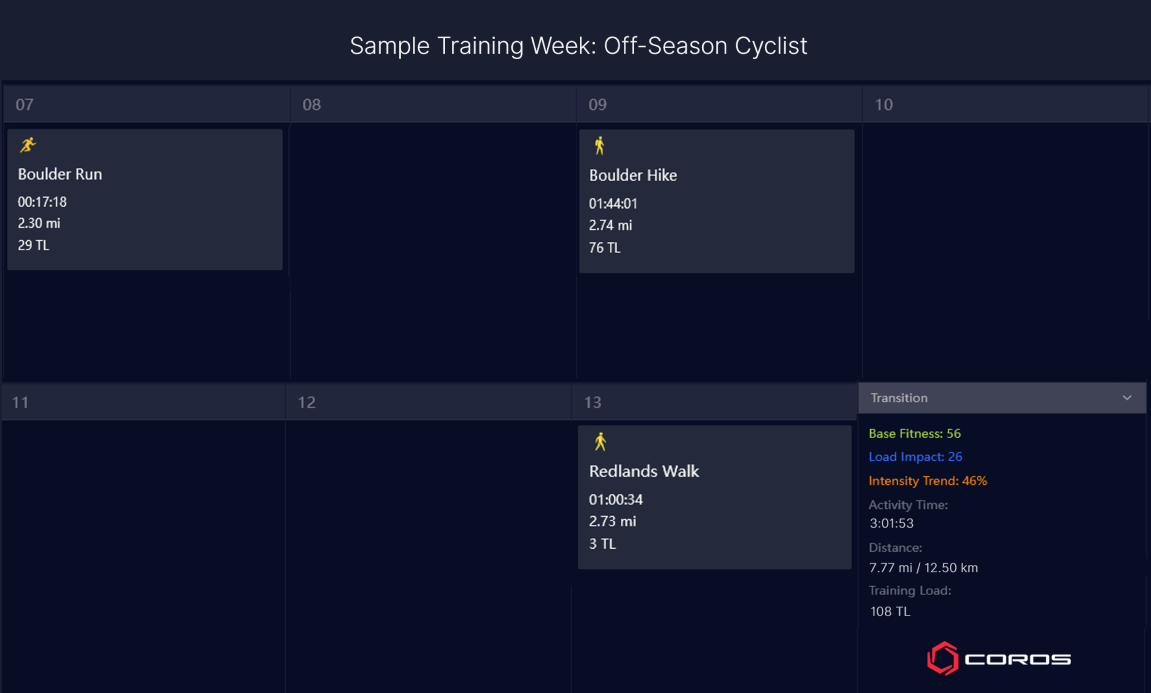
A sample offseason week of activity for a cyclist. Note the lack of cycling activities, and the low training load.
During the off-season you can do activities that feel good or are fun centric. If you feel like you “should” do something physically active then that activity is probably not appropriate for the off season. However, if you find yourself wanting to do something physically active then that may be the perfect way to move your body. For example, if you plan to go on a long hike in order to exercise and stay in shape, I would recommend staying home. However, if you plan to go on a hike with a friend to catch up, have fun, because you’ve been wanting to hike that trail all season then that’s a great way to spend your day. It may seem like it’s just semantics but I believe the intention behind activity matters in the off season. Even though you won’t be chasing goals during these activities, I still recommend recording these activities on your COROS so that you can monitor your efforts and hold yourself accountable to resting.
Personally, during the off season, I enjoy hiking, golfing, bowling, and spending time with friends. I shift much of my physical efforts into creative endeavors and enjoy doing more reading, writing, and working with my hands during my time off of the bike.
Coaches Tip: For all your offseason adventures, try creating a custom activity. This way, you can track basketball, hopscotch, or whatever you like to do for non-cycling activity!
Duration of Your Off Season
I recommend taking a minimum of 2 weeks completely off of the bike. After that, if you feel refreshed and ready to jump back into it then I think it’s safe to do so. If you feel like you need more time, though, you should take it. This is a time of year in which it’s important to listen to your mind and your body about your readiness to return back to the training routine.
I believe that most athletes can take anywhere from 2-4 weeks off of the bike without having hugely detrimental changes to their fitness. In fact, the harder you train and race, the longer your off season should be. Many World Tour riders will take 4 weeks completely off of the bike. I usually take about 2 weeks completely off of the bike, then 2 weeks of easy, relaxed, and unstructured riding before building my way back into my next season’s training plan. It’s also important to remember that the fitter you are, the easier it will be to return to your previous level of fitness.
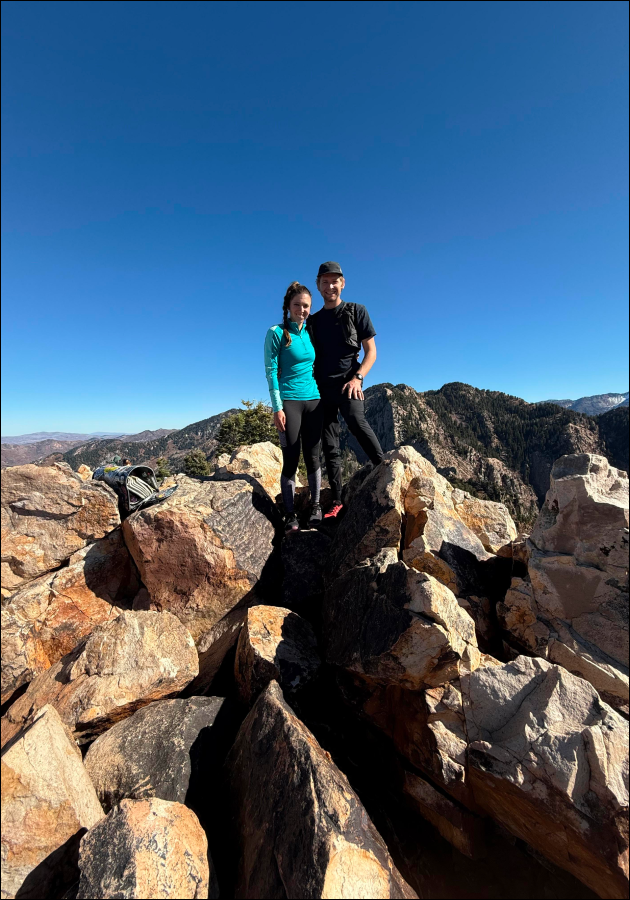
Hannah Otto (COROS Pro Cyclist & author of this article) enjoys climbing mountains during her offseason
Who Needs Time Off?
Everyone! Everyone needs time off of the bike. While it’s true that someone who trains 20+ hours per week may need rest more than someone who is training 5 hours per week, both athletes need some structured recovery. When you don’t take appropriate rest, it’s much easier to reach a plateau because over time you will blunt your ability to train hard. View your break as a chance to come back with greater vigor and intensity. It’s my personal belief that everyone can benefit from at least 2 weeks off every year, but when you take that time is highly personal and based on your schedule. Usually, it’s best to take time off right after your final event of the season, but there are other factors that can influence that decision. Ideally, once you begin training again, you have a minimum of 12 weeks of training before your “A" event.
Embrace It
I should be honest; I still struggle with the off-season. Resting is so much harder than it sounds, I’m willing to go to the ends of the earth for a workout, but my desire to cut corners in rest is a constant battle. I’ve learned the importance of it though, and I’m right there with you trying to reap the benefits.

/filters:quality(90)/fit-in/970x750/coros-web-faq/upload/images/95935e644282bc03c15f1bbd14d98c5b.png)
